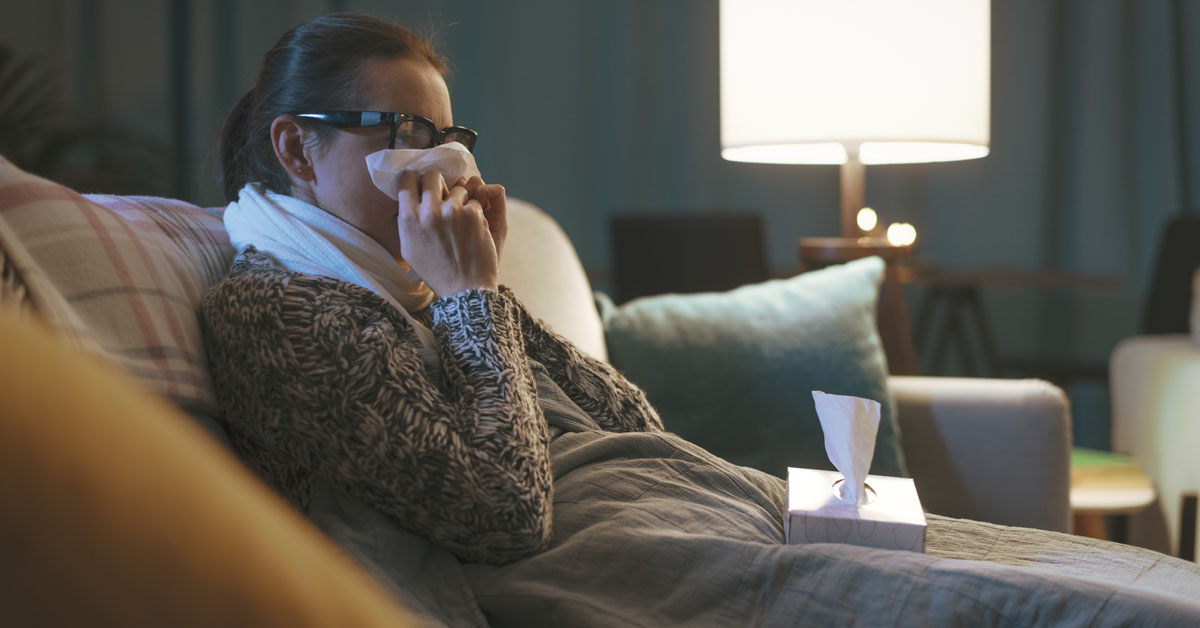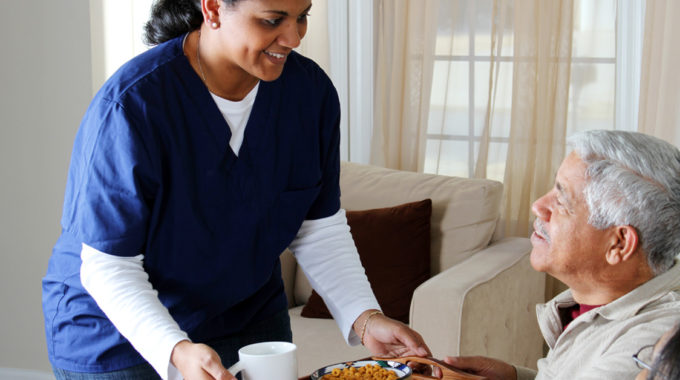
Supporting Seniors Through Flu Recovery
When it comes to flu prevention and infection prevention, seniors aged 65 and over are an important and often vulnerable portion of the population. Why is this? According to the Centers for Disease Control and Prevention (CDC), this is because the immune system becomes weaker with age, making influenza and other infections very serious for the senior population. Each year, the CDC estimates up to 41 million flu-related illnesses, 710,000 hospitalizations, and 52,000 deaths, underscoring the importance of post-flu care. When it comes to caring for elderly patients during and after the flu, home care is committed to being a valuable part of the support care team.
During Flu Recovery
When elderly patients are sent home to recover from the flu, a well-organized and supportive home environment is crucial for their healing and well-being. Here are a few tips for caregivers and family members to consider during the recovery period.
- Create a comfortable space: Ensure the home is comfortably warm and well-ventilated to help prevent the spread of germs.
- Nutrition and hydration: encourage the person to drink plenty of liquids and prepare nutrient-rich meals.
- Medical care: follow medical instructions that adhere to the healthcare provider’s instructions regarding medications, dosage, and any specific care guidelines.
- Rest and sleep: ensure the person gets plenty of rest to help speed recovery, and arrange comfortable bedding to promote sleep quality.
- Communicate with healthcare providers: report changes in symptoms or overall health to healthcare providers and schedule follow-up appointments to access the recovery process.
Preventing and Avoiding the Flu
The Centers for Disease Control and Prevention (CDC) recommends everyone 6 months of age and older get an annual flu vaccine, ideally by the end of October. However, people should continue to get vaccinated as long as the flu virus poses a threat to their community.
Taking preventive actions in addition to the vaccine may help reduce the spread of the flu virus. Here are a few tips to consider:
- Avoid close contact with people who are sick.
- If you are sick, limit contact with others as much as possible to keep from infecting them.
- Cover coughs and sneezes. Wash your hands thoroughly.
- Clean and disinfect surfaces and objects that may be contaminated with viruses that can cause the flu.
In Conclusion
There is no guaranteed way to avoid the flu, but there are many ways to minimize exposure, boost immunity, and reduce the risk of infection. Stay healthy.
References
- [CDC. Disease Burden of Flu] (https://www.cdc.gov/flu/about/burden/index.html) (Last accessed 11/29/2023). 2. Brown C, Redden D, Flood K, et al. The underrecognized epidemic of low mobility during hospitalization of older adults. Journal of the American Geriatrics Society. 2009; 57 (9): 1660-65.
- Knight J, Nigam Y, Jones A, et al. Effects of bedrest 1: cardiovascular, respiratory and haematological systems. Nursing Times. 2009; 105: 21.
- Kortebein P, Ferrando A, Lombeida J, et al. Effect of 10 days of bed rest on skeletal muscle in healthy older adults. JAMA. 2007; 297(16): 1772-1774.
- [CDC. Preventive Actions] (https://www.cdc.gov/flu/prevent/prevention.htm) (Last accessed 12/01/2023).






